Category: Traits
-
Finger Length Ratio & Genetics
How it works Finger length ratio is the length of your index finger compared to the length of your ring finger. Hormones are thought to influence finger length ratio. Some scientists believe the amount of estrogen and testosterone we’re exposed to in our mothers’ wombs can influence which digit is longer than the other. Higher…
-

Fear of Heights & Genetics
How it works While standing upright, the brain uses visual input from nearby objects to make tiny postural adjustments that help maintain balance. However, when standing at a high elevation relative to their surroundings – like at the edge of a tall building – most people feel somewhat off balance. This is because visual input…
-
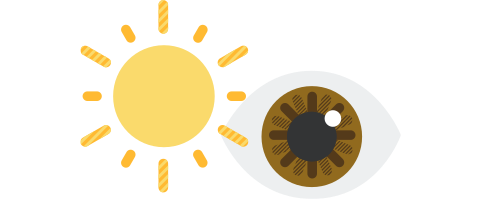
Eye Color & Genetics
How it works We get our eye color from a type of pigment called melanin. Melanin also determines the color of our skin and hair. People who have a lot of a black- or brown-colored type of melanin called eumelanin in the front layers of the iris will probably have darker eyes. Eumelanin is good…
-
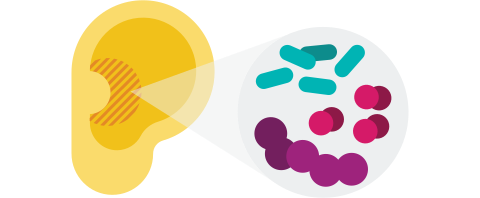
Earwax Type & Genetics
How it works So, what is earwax, anyway? It has nothing to do with candles or the stuff that bees make. Human earwax is a fatty substance produced by glands that are found deep within the ear canal. The genetic link You can thank your ABCC11 gene for your earwax type. This gene contains instructions…
-
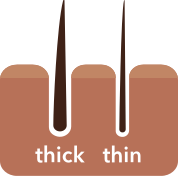
Hair Thickness & Genetics
How it works Hair follicles come in different shapes and sizes, affecting hair texture and width. Some people have wider follicles-and therefore, thicker hair strands-than other people. Genetics influence hair thickness, but other factors like hormones and age are important factors, too. The genetic link Scientists think many genes contribute to hair thickness. Research indicates…
-

Hair Texture & Genetics
How it works While scientists are still researching the many genes that determine hair texture, they believe the shape of our hair follicles creates the texture of our tresses. The curvier the follicle, the curlier the strand. The genetic link 23andMe researchers have identified 75 places in our DNA—also called genetic variants- that influence hair…
-
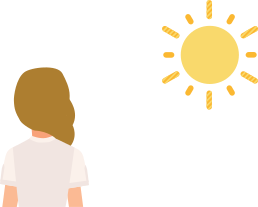
Hair Photobleaching & Genetics
How it works Not only do the sun’s ultraviolet rays cause our skin to tan, freckle, and (ouch) burn, UV rays also break down the hair’s pigment molecules. Researchers have studied UV exposure across a diversity of hair colors and textures and found that the sun breaks down proteins in all hair types. While some…
-
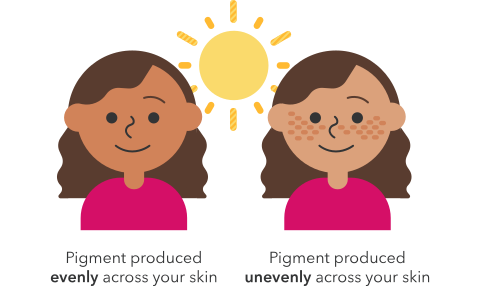
Freckles & Genetics
How it works When we’re outside in the sun, specialized skin cells called melanocytes go to work producing pigment to protect our skin. If the pigment is produced evenly across your skin, you end up with a tan. But if pigment is produced in some areas more than others, you get freckles. Scientists aren’t quite…
-
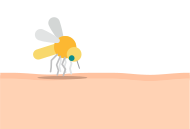
Mosquito Bite Frequency & Genetics
How it works Mosquitoes are drawn to breath and the body odor we emit from our sweat glands. It might make your skin crawl, but 23andMe researchers believe that mosquito bite frequency, as well as sensitivity to bites, is partly heritable. The genetic link 23andMe researchers have identified 285 genetic markers associated with mosquito bite…
-
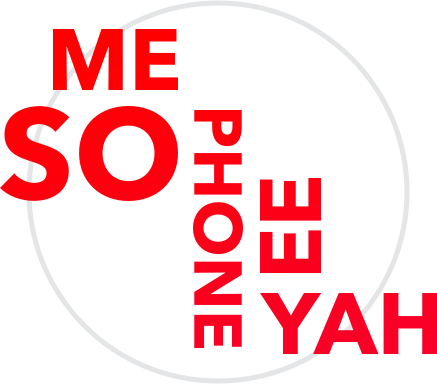
Misophonia & Genetics
Say what? Misophonia Misophonia: when certain sounds may provoke strong emotional reactions in an individual (e.g. if the sound of somebody chewing may cause someone to feel enraged).